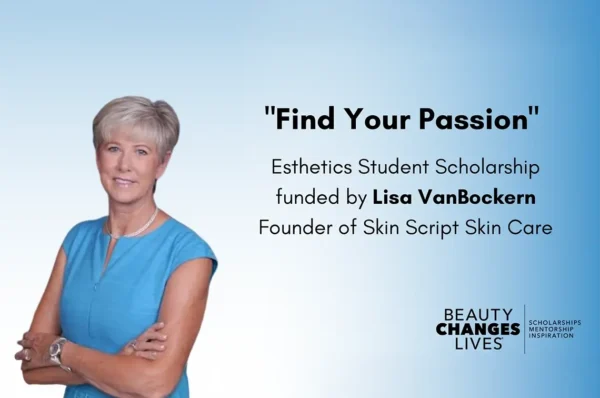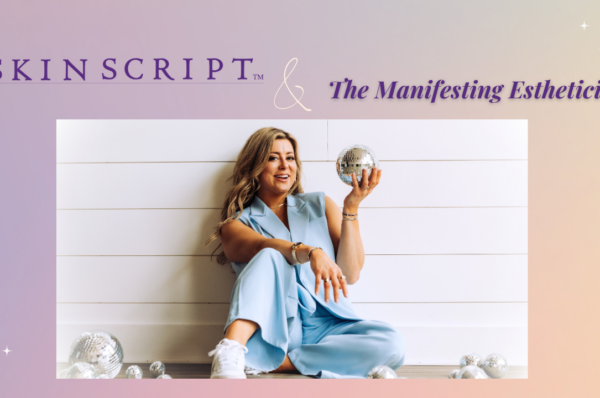Clients come to estheticians for treatments that focus on various conditions they encounter like acne, skin sensitivity and hyperpigmentation. As clients age there are distinctive skin needs that now arise within the treatment room. Firming, anti-aging, tightening, and lift? These are words often heard from clients that are used to describe their aging skin.
As licensed professionals, not only can you recommend treatments that can provide the clients with visible changes to their skin, but there is also proactiveness and responsibility that comes with educating clients. Additionally, it is critical to set expectations on methods they can use to reverse the signs of aging and preserve their skin.
How does aging skin typically present?
- Fine lines
- Wrinkles
- Thinning skin
- Loss of plumpness
There are five primary collagens that reside within the papillary and reticular dermis. Collagen I and Collagen III are directly linked to strength, movement and elasticity within the skin. Fibroblasts are formed in the dermis and are responsible for producing collagen and tightening the skin. Key nutrients for fibroblasts to thrive in stimulating the skin to produce more collagen are Vitamin C and essential fatty acids. These key nutrients can be applied topically through consistent home care, within the treatment room or ingested to stimulate fibroblast activity.
The body naturally produces less collagen as we age but there are other extrinsic factors that can accelerate collagen loss and visible signs of aging in the skin.
Unprotected UV exposure breaks down collagen and elastin within the skin. It is crucial to start healthy skin care practices such as sun protection through regular SPF application. Protecting the skin with SPF daily will greatly reduce UV damage contributing to more pronounced wrinkles and pigmentation. Studies show that UV exposure is a leading cause of oxidative stress in the body. Oxidative stress is the loss of valuable nutrients such as Vitamin C and E within the cell membrane. Sun exposure is also the main contributor to excess free radicals that attack skin cells along with pollution, poor nutrition, stress, dehydration and smoking that feed free radicals in the skin leading to more oxidative stress within the body.
PreventionLoss of collagen is not a sudden occurrence and happens over time. Prevention is key to rescue the skin from the accelerated aging process. It is important to set realistic expectations on the potential timelines that contributed to the loss of collagen as well as the possible results that can be attained with treating clients with collagen loss.
Ways to stimulate the production of collagen within the treatment room:
- Microcurrent is a modality that stimulates collagen and elastin production through a low level of electrical current which can help reverse visible signs of aging.
- Nano infusion is a non-invasive way to deliver serums through the epidermis as well as aide in reducing fine lines and wrinkles.
- Microneedling aides in stimulating collagen production and helps with fine lines, wrinkles, scarring and hyperpigmentation.
- Introducing Red LED Light Therapy into facial treatments aide in reducing inflammation and signals more collagen production.
Critical homecare to stimulate collagen production and slow down the signs of aging:
- Vitamin C is a leading ingredient that not only protects the skin from oxidative stress it also provides great brightening benefits and firming effects in the skin.
- Products with antioxidants help fight free radicals and aide in preserving the skin.
Resources:
1) Gromkowska- Kępka KJ, Puścion-Jakubik A, Markiewicz- Żukowska R, Socha K. The impact of ultraviolet radiation on skin photoaging — review of in vitro studies. J Cosmet Dermatol. 2021;20:3427–3431.
2) Reilly DM, Lozano J. Skin collagen through the lifestages: importance for skin health and beauty. Plast Aesthet Res. 2021;8:2. http://dx.doi.org/10.20517/2347-9264.2020.153




